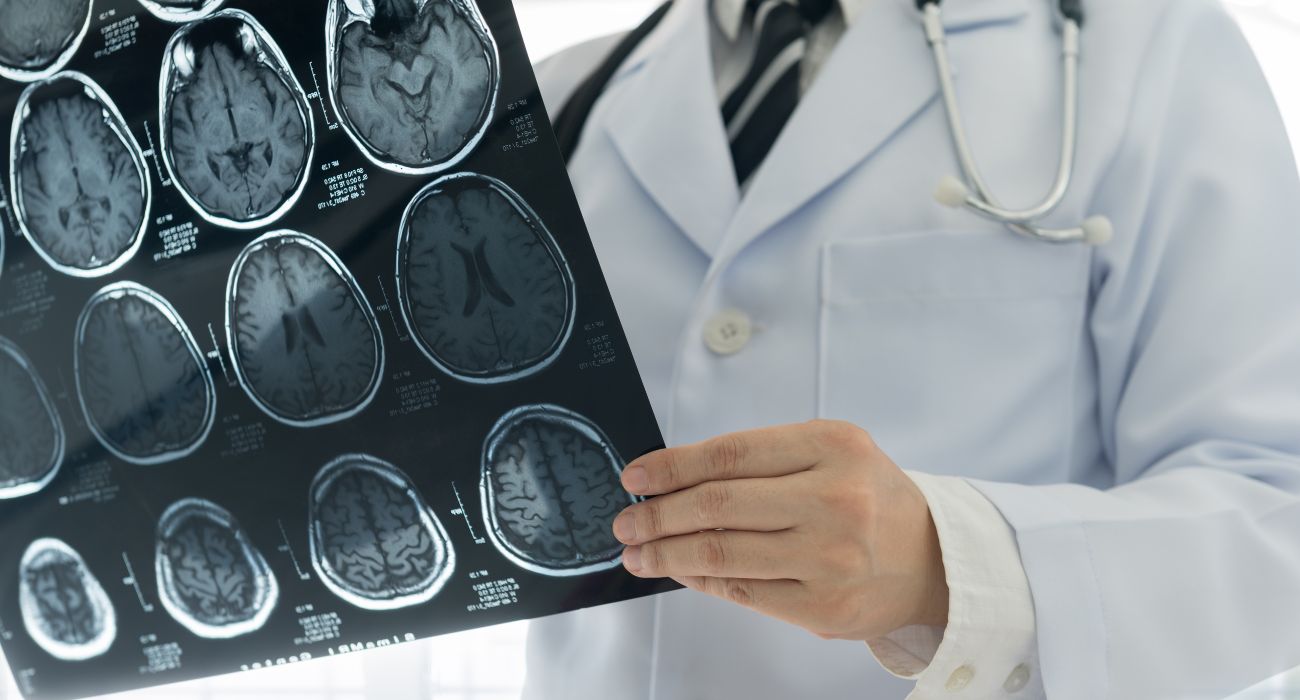Scientists have made great strides in a “shocking” new method to treat stroke patients.
The research documented in the Nature Journal on February 20 found that electrical stimulation of the spine can restore hand and arm mobility in the aftermath of a stroke.
A stroke occurs when the blood supply to the brain is blocked or when a blood vessel in the brain bursts. The Centers for Disease Control and Prevention reported that if this pathway of blood — and thus, oxygen — is disrupted, brain cells will begin to die.
Stroke has long been considered an affliction associated with being overweight or obese. Risk factors such as these are long-standing issues in Dallas County. A recent Community Health Needs Assessment found that heart disease, which goes hand-in-hand with an increased risk of stroke, is the leading cause of death countywide.
Worldwide, one in four people over age 25 will suffer from a stroke, according to a press release from the National Institutes of Health. Nearly 75% of these victims will suffer long-lasting effects on the motor control of arms and hands.
Scientists conducted this new study with two stroke-afflicted patients by placing a device consisting of a set of metal electrodes on the surface of each of their spinal cords.
One of the patients was 31-year-old Heather Rendulic, who could move her arm but had lost mobility in her hand, according to The Wall Street Journal.
Rendulic’s left side had been left paralyzed after she suffered a stroke at the age of 23. She regained her ability to walk and move her arm after two years of therapy; however, her hand remained fused shut.
Using the device, scientists sent electric impulses into her spinal cord. These impulses were intended to activate the spinal cord’s neural pathways, allowing them to receive signals from the brain as well as stimulating the muscles affected by the stroke.
Each patient’s ability to lift their arms, open and close their fists, and grab objects was recorded by scientists over the course of the study.
A huge breakthrough occurred: Rendulic was able to voluntarily open her hand for the first time in nine years.
“We were all in tears,” said Rendulic, according to the WSJ. “I get chills just thinking about it.”
Rendulic said that she noticed an improvement in her hand’s performance that lasted weeks after the study.
The other patient in the study, a 47-year-old woman, had more extensive paralysis. While she did regain the ability to move her arm and grab objects, she did not see the same agility as Rendulic.
The age difference between the two patients may have played a role in the discrepancy between their outcomes.
As Dr. Steve Cramer, a stroke neurologist at the University of California, Los Angeles, told the WSJ, he does wonder how the new zapping treatment would work in older adults, as well as people with affected language processing or biochemical disruptions like those that cause depression.
Though Cramer was not involved in the study, he nonetheless is all for further research into the new treatment, “[e]ven if it is good for 5% of the population,” he told the WSJ.
Dr. Marco Capogrosso, a neuroscientist at the University of Pittsburgh and contributor to the study, told the WSJ that the research had been based on the simple idea that zapping neurons in the spinal cord might help them to receive messages from the brain.
“It worked way better than we imagined,” Capogrosso said happily.
According to the WSJ, Capogrosso and his other colleagues have founded a start-up, Reach Neuro, to continue testing the technology with the help of six volunteers.






